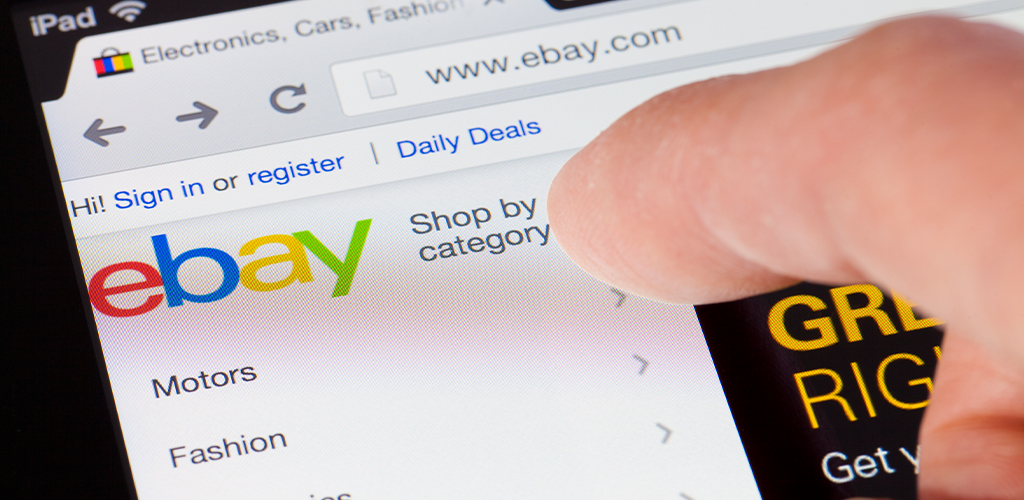Everything You Should Know About the 4 Types of eCommerce Business Models

Business has been around for millennia, evolving from the barter system to a system of coins, to paper money and credit cards. Most recently, it has grown to include the massive online shopping industry. Behind all ecommerce businesses, whether made up of one employee or one thousand, is a specific model that dictates how the organization conducts their trade. Some companies may employ the use of multiple models. In today’s world, there are four main categories businesses ascribe to: business to business (B2B), or to consumer (B2C), consumer to business (C2B), or consumer to consumer (C2C). Take a look at each of the ecommerce business models:
- B2B
- B2C
- C2B
- C2C
B2B

Businesses that sell their products or services to other businesses are classified as “B2B.” In this type of transaction, the purchaser may be the end user, but more often than not, they stock and resell the product to consumers. For example, an appliance company that manufactures and sells ovens and refrigerators to restaurants is a B2B company; in this case, the restaurant is the end user. That same appliance company may also sell bulk purchases to an appliance store, such as Best Buy; in this case, Best Buy is not the end user, but they do sell to the end user. This ecommerce business model typically sees a long sale cycle. A company considering buying from another company has to weigh cost against benefit against customer need, which takes time and thorough research. The amount of money spent on marketing may be high in order to generate sales, but B2B sales often lead to high order value and recurring purchases.
eCommerce Business Models: B2C

B2C is the most common business model in the world. It describes businesses who sell directly to the consumer of a product, or the end user. For example, a book store that sells a book to the person who is going to read it follows the B2C model. These types of purchases generally have a shorter life cycle than those made in B2B transactions. The decision making process to buy a single product for yourself is much easier than it is for a company considering a bulk purchase. Because of that, marketing costs are also often lower and can make excellent use of technology, like social media. However, order value is also lower. B2C businesses are also less likely to have recurring sales from customers.
C2B

Consumer to business is one of modern society’s emerging ecommerce business models. This model involves an individual selling goods and services to a company, and is most commonly seen in the realm of freelance work. For example, a small company that needs a poster designed for a promotion may hire a freelance graphic designer. In this case, the graphic designer is the consumer selling to the business. Another popular example is businesses hiring social media influencers in order to sell their products. With C2B transactions, the consumer gets to name their price for services rendered and businesses may compete to acquire those services.
C2C

The last of the main ecommerce business models is consumer to consumer, or C2C. This model connects consumers directly to other consumers in order to trade goods and services. eBay and Kijiji are excellent examples of this model where one consumer can post an item for sale which is then bought by another consumer. While C2C businesses may be popular, they lack quality control and stability; a person may be able to sell 10 products one day, but then makes no sales the next.
So, which business model does your company follow?
Visit Shopivo and stay tuned for exciting news and updates! Sign up for our emails and stay up-to-date on new developments and features.
